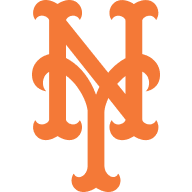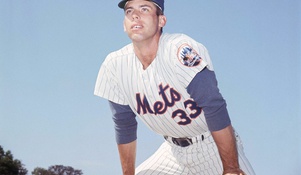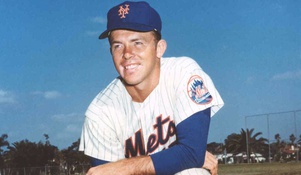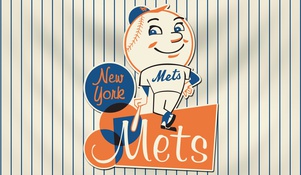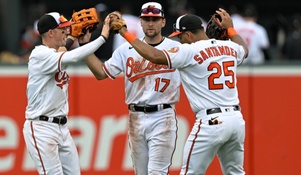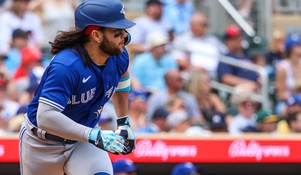None
Every Met fan knows that the 1962 Mets were one of the worst teams in baseball history with a 40-120 record. I recall reading many articles stating that everyone knew the team would be awful and that’s why they hired Casey Stengel to divert attention from the team on the field by charming sportswriters with his unique brand of double talk that came to be known as Stengelese.
BUT as someone who was a teenage baseball fanatic at the time, who devoured all those Baseball Preview magazines as well as the sports pages of New York’s 7 daily newspapers, I remember that the pre-season outlook for the inaugural edition of the Mets was not nearly so bleak. Most reporters predicted that the Mets would finish at least 8th in the newly formed 10-team National League, ahead of their fellow expansion team, the Houston Colt .45‘s and the woeful Phillies, who had finished 47-107 in 1961. Some prognosticators were so bold as to forecast a 5th place finish for the new New York team, ahead of the Cubs, Pirates, and Cardinals as well.
Of course, the National League had short changed the two new teams in their expansion draft, with Dodgers’ first baseman Gil Hodges probably the most recognizable name to be selected by the Mets, but Team President George Weiss, who was all-business with a track record of nothing but success as Yankee GM set out to bolster his team by making several deals before spring training.
Of note, slugger Frank Thomas was acquired from the Braves for a player to be named who turned out to be draft pick Gus Bell. Thomas was good for 20 + home runs a year and could play left field, third base, or first, although he was slow-footed and a poor defensive player. Still, he was the cleanup hitter the Mets needed.
Richie Ashburn, a prototype leadoff hitter and quality veteran center fielder was purchased from the Cubs.
Also, the Mets acquired second baseman Charlie Neal from the Dodgers for draft choice Lee Walls and cash. Although Neal had regressed with LA in 1961, the year before he was an All-Star and there was every reason to believe he would be an above-average second baseman.
So, the Mets had added three quality experienced and well-known major league veterans to their regular lineup before they ever took the field. Among the draft picks, young outfielders Joe Christopher and Jim Hickman showed promise and infielders Elio Chacon and Felix Mantilla were competent backups on contending teams, expected to blossom with regular duty.
Pitching looked to be to be a Mets’ weakness, anchored by draft picks including Dodger veteran swing man Roger Craig and two touted youngsters, Al Jackson and Jay Hook. Both came from pitching-rich teams, the Pirates and Reds respectively and the feeling was that both were ready for the big leagues with future star potential. Another draft choice, Bob Miller from the Cardinals also seemed promising. But teams can’t succeed with 4-man pitching staffs, so the Mets added veteran free-agents familiar to New York fans like Johnny Antonelli, Clem Labine and Billy Loes as well as young lefty Ken McKenzie.
So, while the Mets were no threat to the league’s best, the forecast was for an interesting and somewhat competitive team. Well, they certainly turned out to be interesting, but after getting off to a 0-9 start, it was clear that they wouldn’t be very competitive and changes were in store.
The most obvious shortcoming was the defense. Every player on the team seemed woeful in the field and the few who didn’t quite fit that description would still make the wrong plays at the right time for their opponents to capitalize. The relief pitching was practically non-existent and experienced pros like Hodges and third baseman Don Zimmer were breaking down. If Stengel had any enthusiasm for the team going into the season (although he probably lost it in spring training when he realized he wasn’t managing the Yankees anymore), he soon decided it wasn’t worth it and became a full-time buffoon, napping on the bench during games, and losing interest.
He did manage to continually charm the writers, though, and thus the legend of the 1962 Mets as the most awful but lovable team of all time began.

